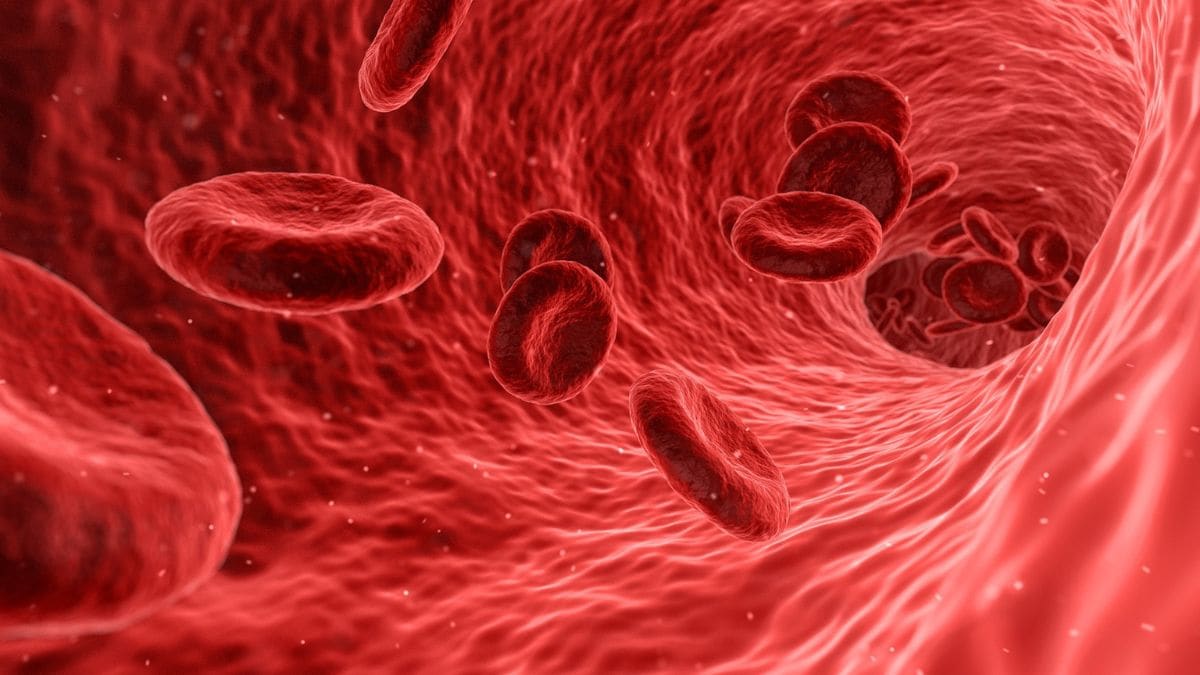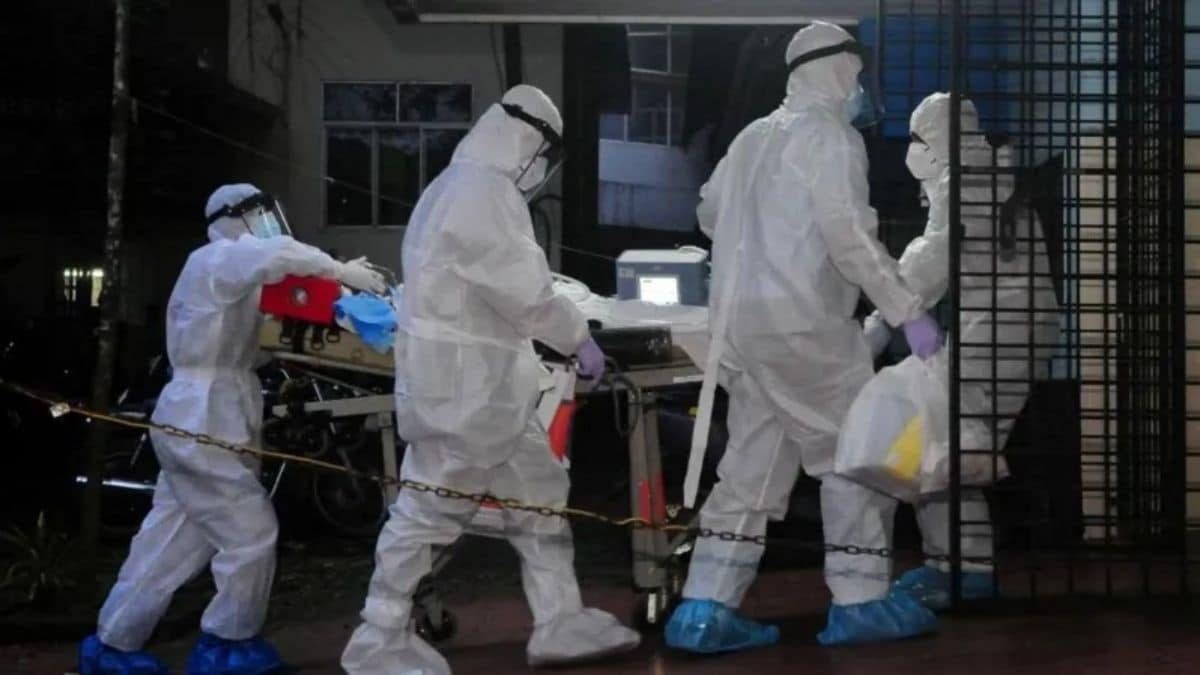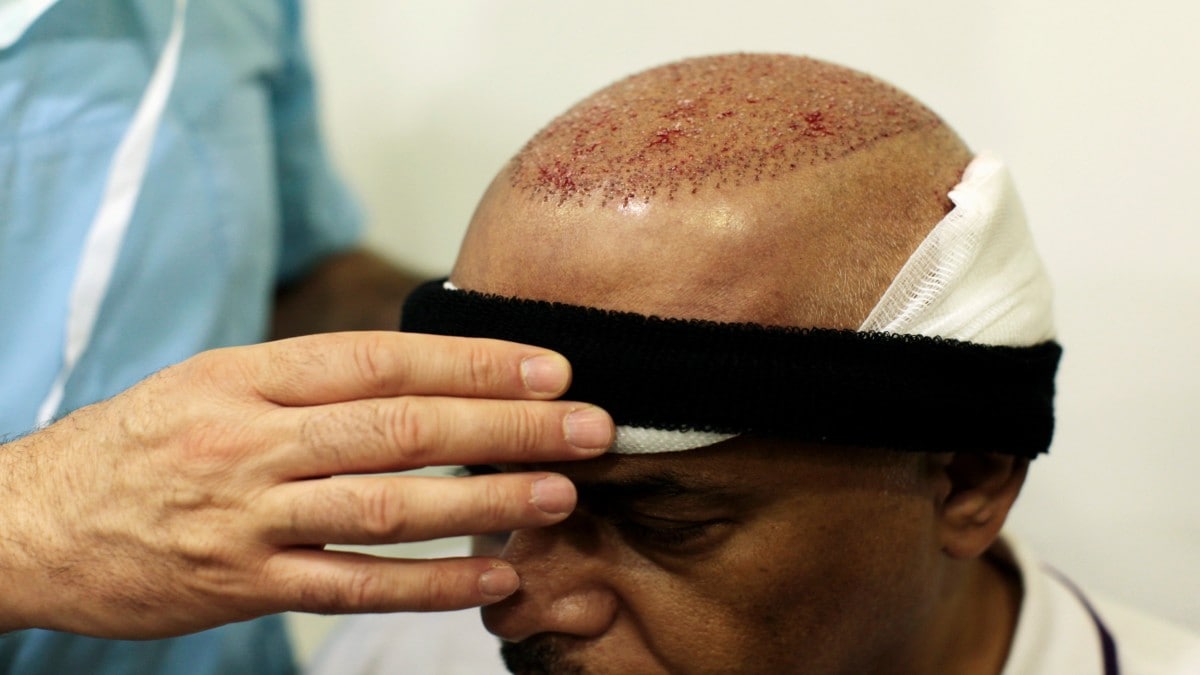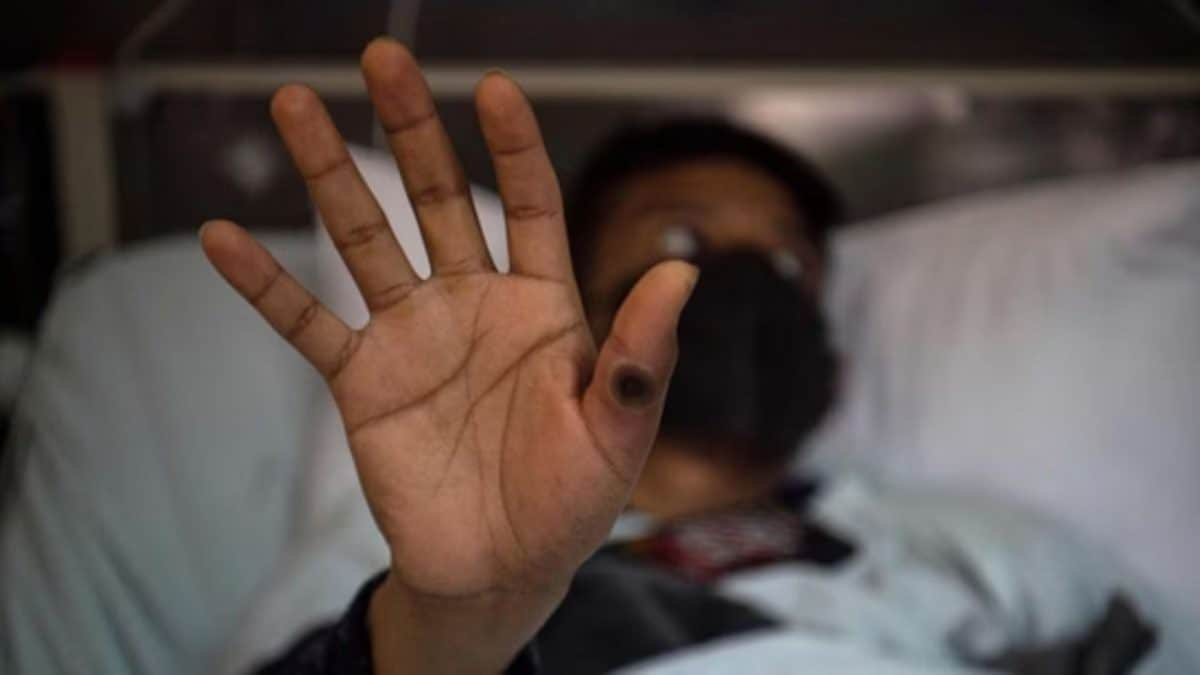Multiple cases of West Nile fever were detected in Kozhikode, Malappuram, and Thrissur districts. What is this dengue-like illness making a resurgence in the southern state? read more
)
West Nile fever spreads among humans and animals through an infected mosquito's bite. Representative image.Reuters
Kerala is on alert once again, this time over the West Nile virus. The state health department issued an advisory for all districts to step up preparations to fight against a new mosquito-borne illness. They have been instructed to ramp up pre-monsoon cleaning drives and surveillance activities after cases of the fever were detected recently.
In the northern district of Kozhikode, five people, including children, tested positive for the virus, with one suspect receiving treatment earlier. On Tuesday, all recovered patients returned to their homes safely, with no cases in the district so far, according to The Times of India report.
Apart from Kozhikode, Malappuram and Thrissur districts have also reported infections in recent days, an official told The Hindustan Times. Since many cases are asymptomatic, the state health department has not released an official tally.
Is West Nile fever a cause for concern? How does one stay prepared? Here’s what we know about the illness
1. The West Nile Virus(WNV) is a single-strained RNA virus that originates in birds and is propagated via the bite of infected Culex mosquitoes among humans and animals. The chances of human-to-human transmission are low.
“Mosquitoes become infected when they feed on infected birds, which circulate the virus in their blood for a few days. The virus eventually gets into the mosquito’s salivary glands. During later blood meals (when mosquitoes bite), the virus may be injected into humans and animals, where it can multiply and possibly cause illness,” WHO said.
2. The disease shows no symptoms in around 80 per cent of infected individuals, but the rest 20 per acent who become infected with the virus will develop West Nile fever, as per the UN body.
3. Those infected often experience dengue-like symptoms such as fever, headache, tiredness, body aches, nausea, vomiting, occasionally a skin rash (on the body’s trunk), and swollen lymph glands.
4. Though rare, severe infections can lead to several neuroinvasive diseases, such as West Nile encephalitis, meningitis, or West Nile poliomyelitis.
“It is estimated that approximately 1 in 150 persons infected with the West Nile Virus will develop a more severe form of disease…Recovery from severe illness might take several weeks or months. Some effects on the central nervous system might be permanent,” as per the US Centre for Disease Control.
5. So far, there has been no vaccine available for humans that can treat this illness. As per WHO, the treatment for the virus may involve only supportive measures including hospitalisation, intravenous fluids, respiratory support, and prevention of secondary infections.
6. Apart from using mosquito repellents for personal safety, health authorities in Kerala have instructed cleaning stagnant water sources, usually the mosquito breeding grounds.
Kozhikode district collector Snehil Kumar Singh was quoted as saying by The Hindustan Times, “Cases of West Nile Fever have been reported in the district before…There is no cause for alarm or panic right now. There are no hot spots.”
7. India has a history with the virus dating back to 1952 when antibodies against WNV were initially found in humans in Mumbai. Since then, virus activity has been documented in various regions across southern, central, and western India. In Kerala, the virus was first identified in Alappuzha in 2006 and later in Ernakulam in 2011. Deaths from the virus were reported in 2022 and 2019.
8. The disease has its roots in Uganda, where it was first found in the 1930s. In 1999, a strain of the virus, caused a significant outbreak in New York, spreading across the United States and throughout the Americas, from Canada to Venezuela.
The WHO states that human infections from WNV have been reported worldwide for over 50 years, with outbreak sites often aligning with major bird migratory routes.
With inputs from agencies

 4 months ago
16
4 months ago
16


















)
)
)
)
)
)
)
 English (US) ·
English (US) ·